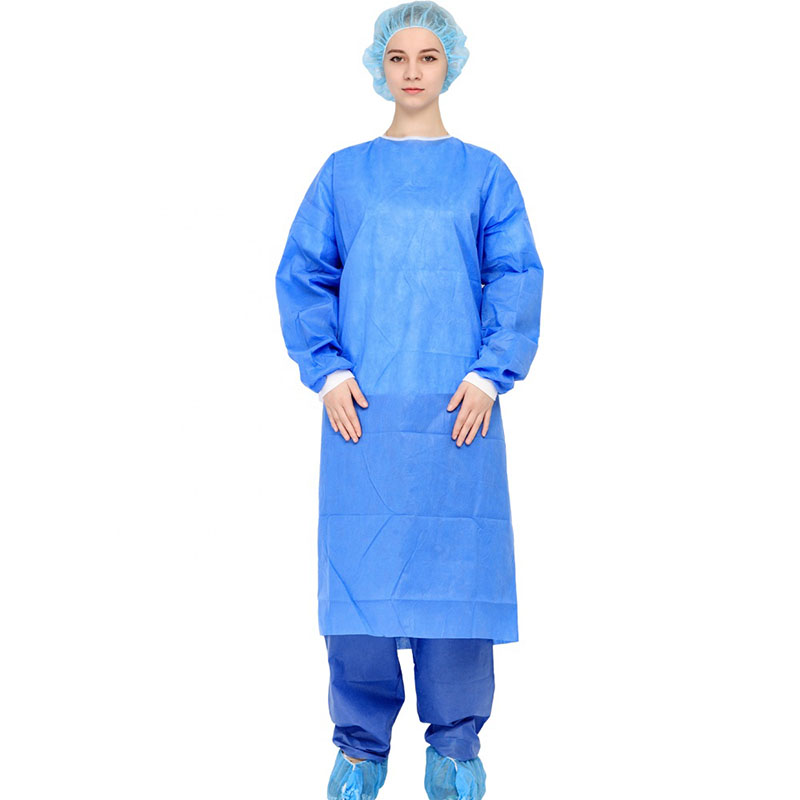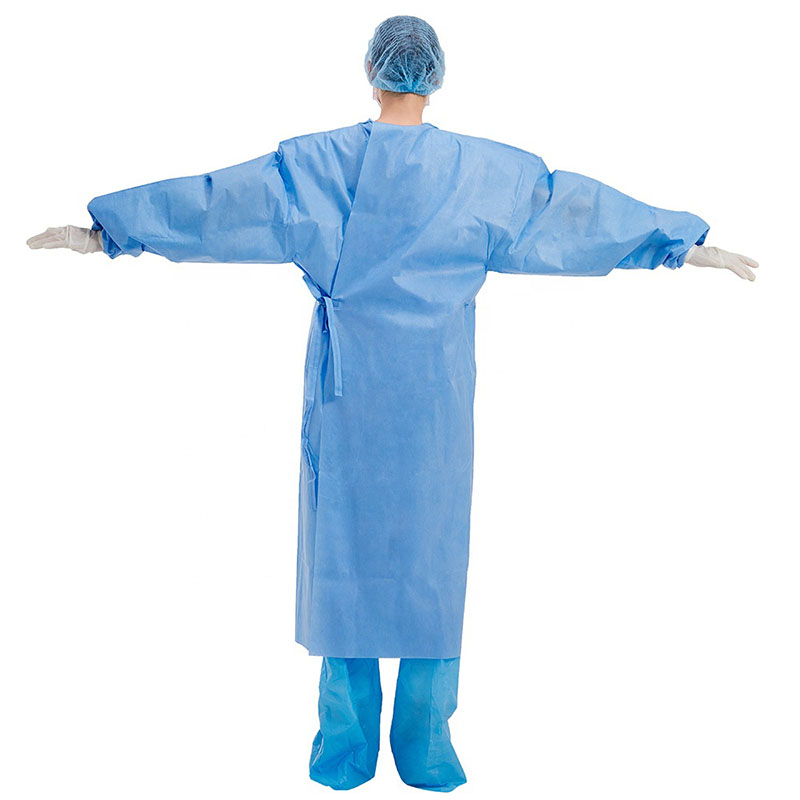Fatong is a positive fast-growing tree species, with strong resistance to disease, strong disease resistance, no choice of soil, strong sprouting ability, resistance to heavy cutting, resistance to soot, resistance to transplantation, and high survival rate of large tree transplants. It is an excellent street tree species, widely used in urban afforestation. It is solitarily planted on lawns or grasslands in gardens, and is planted on both sides of the street, particularly magnificent. Because of its strong resistance to many kinds of toxic gases and the ability to absorb harmful gases, it is suitable as a neighborhood, square, and campus greening. It is particularly adaptable to the urban environment, and has superior absorption of harmful gases, resistance to smoke and dust, and isolation. With its ability to resist noise, drought, and rapid growth, it is a world-famous fine tree and shade tree, and it is used in the greening of many cities in China.
Pythium harmatum
Saline Alkali Highly Harmful Fatong Leaves
In the season of Fatong growing season, the author discovered yellow leaf phenomenon from time to time. According to the situation of different yellow leaves, summarize the following reasons and solutions.
Red spider harm
By its far-fighting appearance, Fa Tong's leaves look far-off-brown, and there are red rust-colored spots on the leaves. The red dots on the back of the leaves are red spiders. The red spider spider has a very strong reproductive ability, and it can breed for a generation up to 5 days at the fastest. The insect prefers a high-temperature and dry environment. Therefore, under the conditions of high temperature and drought, the autumn breeds quickly and is seriously damaged. The way to harm it is to suck the juice in the leaves through the mouthparts, so that the chlorophylls are damaged. The leaves show yellowish spots or plaques, the leaves are orange, fall off, and even fall.
Prevention and control methods Biological control: Its natural enemies are Chinese grasshoppers, ladybugs, and predator mites, among which the population of Chinese grasshoppers is more, and the predation of red spiders is greater, and the number of natural enemies can be protected and increased to increase the number of natural enemies. Control of red spider populations.
Chemical control: The use of endangered 4000 times solution, 40% triclosan EC 1000 times, 20% dying net wettable powder 2000 times and other spray control can achieve the desired control effect.
Bag moth hazard
The leaves of Farnnon, which are harmed by it, only have leaves and veins that look yellow. Their larvae feed on leaves and shoots. When the disease occurs, the leaves of the whole tree can be eaten for a few days, and the remaining bald branches will be dry and light, which will seriously affect the growth of the trees. The flowering and fruiting will cause the branches to wither or the whole plant to die. The first instar larvae only had leaf epidermis, their worms increased, and the amount of food leaves increased. The large moths ate 36 square centimeters of their leaves and their feeding time was sooner or later and cloudy. In mid-to late October, the larvae gradually transferred from the branch shoots, and the bags were fastened to the branches with silk and the bags were closed with silk for winter.
Prevention and control methods Hand bag extraction: After winter leaves, bags of pouch moth can be seen on the crown, especially the pouch of the big moth is very obvious. It can be removed manually to concentrate the moth larvae.
Chemical control: 90% trichlorfon crystal water solution was sprayed, 2.5% deltamethrin EC was 2000 times, and 50% phoxim EC was 1500 times effective in controlling young larvae of bag moth.
Platanus pygmaeus
The leaves of Fatong which are endangered look far away from the light yellow-brown. There are many white and rust-colored spots on the front of the blade. There are dense white and black spots on the back of the leaves, and there are brown excrement on the back of the leaves. Adults and nymphs parasitize the sucking juice on the back of the host. The infestation of this worm can also cause ulcer disease and anthrax, which will bring greater harm to the normal growth of Platanus acerifolia. High-temperature and drought in summer and autumn can cause the insects to prosper, which not only affects the growth of Phytolacca, but also hinders the viewing. In severe cases, it will cause yellow leaves and fall off.
Prevention and control methods Spray control of this insect with 10% imidacloprid 1500 times, 40% chlorpyrifos 1500 times, have better control effect.
Iron deficiency
Fa Tong's entire tree is yellow, first appearing on young leaves. Caused by the lack of iron and chlorosis of garden plants, on the one hand, the plant itself has low iron absorption and utilization, and on the other hand, it is the influence of soil factors, especially on the availability of iron.
Control methods are generally applied ferrous sulfate, watering immediately after fertilization, can play a good effect.
Underground construction causes damage
Underground construction destroys the roots in varying degrees, affecting the absorption of water and nutrients, resulting in overall yellowing of the leaves and weak tree vigor.
Prevention and control methods Watered in time, fertilized, and increased tree vigor.
Salt content in planting areas is too high
The victim Phyllostachys first yellowed from the edges of the leaves, curled inwards with yellow leaves, and yellowed the entire leaves.
Control methods Irrigate irrigation of damaged trees with fresh water to reduce soil salinity. The branches are properly trimmed to reduce evaporation of the trees and maintain the internal water balance of the trees. In severe cases, partial soil improvement is required.
Platanus downy mildew
The disease mainly affects small trees with diameters of 4 cm to 6 cm. A nearly circular dark yellow-brown to brown spot appeared on the front of the leaves, and a brown-brown mildew layer appeared on the back of the leaves and the pathogens overwintered on the diseased leaves. Spots of sporadic lesions can be seen in late May and the peak period of damage is from June to July. Long rainy days and more rain in summer and autumn are favorable for disease development. Greenland disease mainly occurs on small trees with high planting density. The lesions often turn yellow in color, and large trees do not cause disease.
Control methods to adjust planting density in a timely manner. Fall and winter leaves are cleared of disease, concentrated burned. The fungicide sprayed at the early stage of the disease can be killed by 77% or 33% by green decoction.
It can be used for surgical operations, patient treatment; epidemic prevention and inspection in public places; disinfection in virus-contaminated areas; and can also be widely used in military, medical, chemical, environmental protection, transportation, epidemic prevention and other field
By setting a protective collar, the neck of the operator can be kept warm and protected. The provision of a hand guard is helpful for the surgical staff to temporarily place their hands in the hand guard while waiting during the operation, which plays a protective role and is more in line with the principles of aseptic operation and occupational protection.
By setting the shrinking cuffs, it is beneficial to make the cuffs fit the wrists, prevent the cuffs from loosening, and prevent the gloves from slipping off during the operation and the operator's hands are exposed to the gloves.
The design of the new humanized protective surgical gown has been improved in the key areas of the gown. The forearm and chest area are double-thickened, and there are handguards in front of the chest and abdomen. By arranging reinforcing sheets (double-layer structure) in key areas, it is beneficial to improve the water-permeability of surgical gowns and improve safety.



surgical gown, disposable surgical gown, personal protection, medical equipment
Shanghai Rocatti Biotechnology Co.,Ltd , https://www.ljdmedical.com